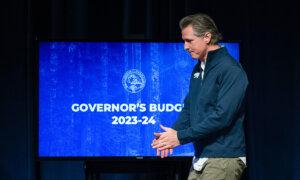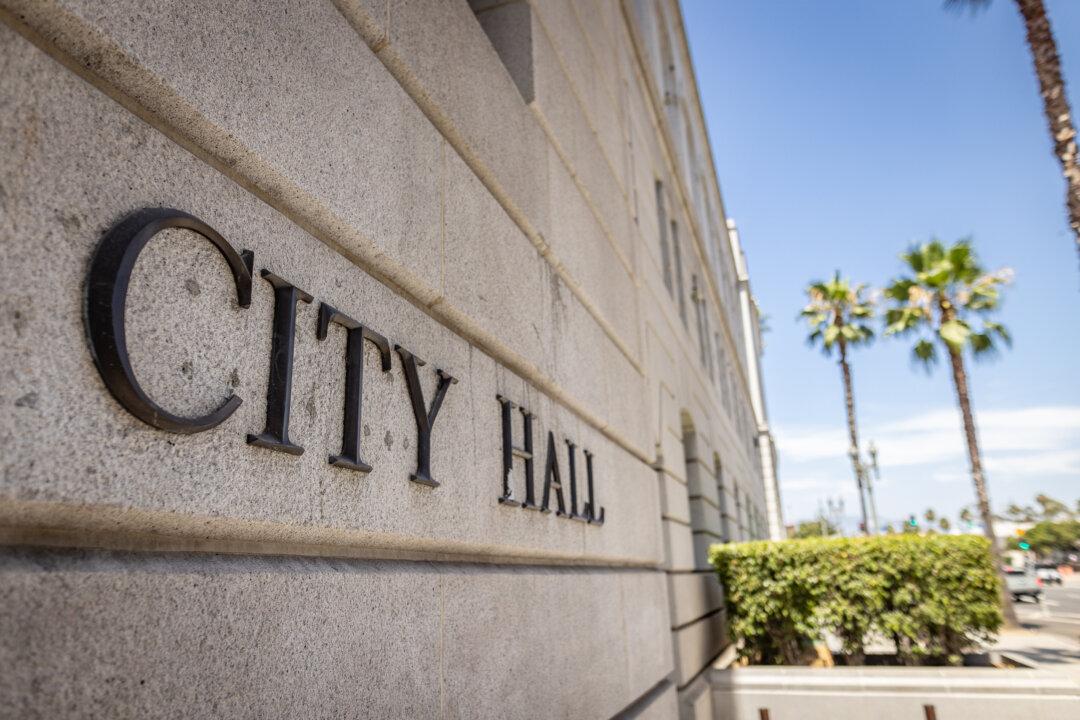Californians tend to be credit card debt-laden and don’t seem to mind adding more debt to their monthly financial commitments. That may be why they, as voters, do not flinch when Sacramento legislators put bond measures on the ballot. These propositions usually receive enough votes to succeed and permit the state to borrow more money.
For those homeowners who reside in an association requiring monthly dues payments, a portion of each installment is dedicated to building reserves for a future anticipated improvement on structures owned by all the residents. If the private roads need a slurry coat every seven years, then the cost is estimated, and the amount is divided by 84 months and by the number of residences in the project and included in the monthly dues.
Why did Sacramento fail to set aside funds just like it requires HOAs to do? Because it spent funds on increased salaries and pension benefits instead, as requested by public employee unions.
The same can be said for California’s some 944 school and 72 community college districts. They do not set funds aside for infrastructure improvements, replacements, and additions. And for the very same reasons.
How should you vote? The California Federation of Teachers and the California Teachers Association, two very powerful public employee unions, are encouraging voters to vote “yes.” Expect to see their funded campaign pieces coming to your mailbox soon. In fact, because the bond proceeds will mean hiring construction firms, organizations like the California Chamber of Commerce and California Builders Alliance are also supportive. After all, voters are likely to approve the measure, so why not jump on the gravy train?
The Assembly Floor vote was 72 in support, six abstaining, including one Democrat and only one Republican, Bill Essayli, voting in opposition. Since Vince Fong is running for a Congressional seat, there is one vacancy. The Senate found 34 members in support, three abstaining, and three Republicans voting in opposition: Brian Dahle, Brian Jones, and Kelly Seyarto. Since state legislators overwhelmingly supported the bond, some say, voters should too. Really?
Public employee union influence is powerful in the capitol, so using elected legislators as a barometer in one’s decision-making on financial concerns may only lead to insolvency. They may be more interested in getting reelected.
In addition, advocates say that “without a state school bond, new homes will have to pay as much as $40,000 in new school fees.” Paying a higher development fee may be true, but homes are sold at market prices, so the developer incurs the cost, not all taxpayers in the area. So this argument is a very weak and unsophisticated one.
Making this ballot measure even worse is the encouragement to use project labor agreements, requiring the use of construction firms that are unionized. Many studies have found that this could raise the cost of projects by as much as another 30 percent!
With public school enrollment declining in California and residential real estate at all-time highs, what is the urgency to borrow and build? Especially with building costs above competitive market rates?
Let’s hope voters bring some fiscal responsibility to California and say no to Proposition 2.







